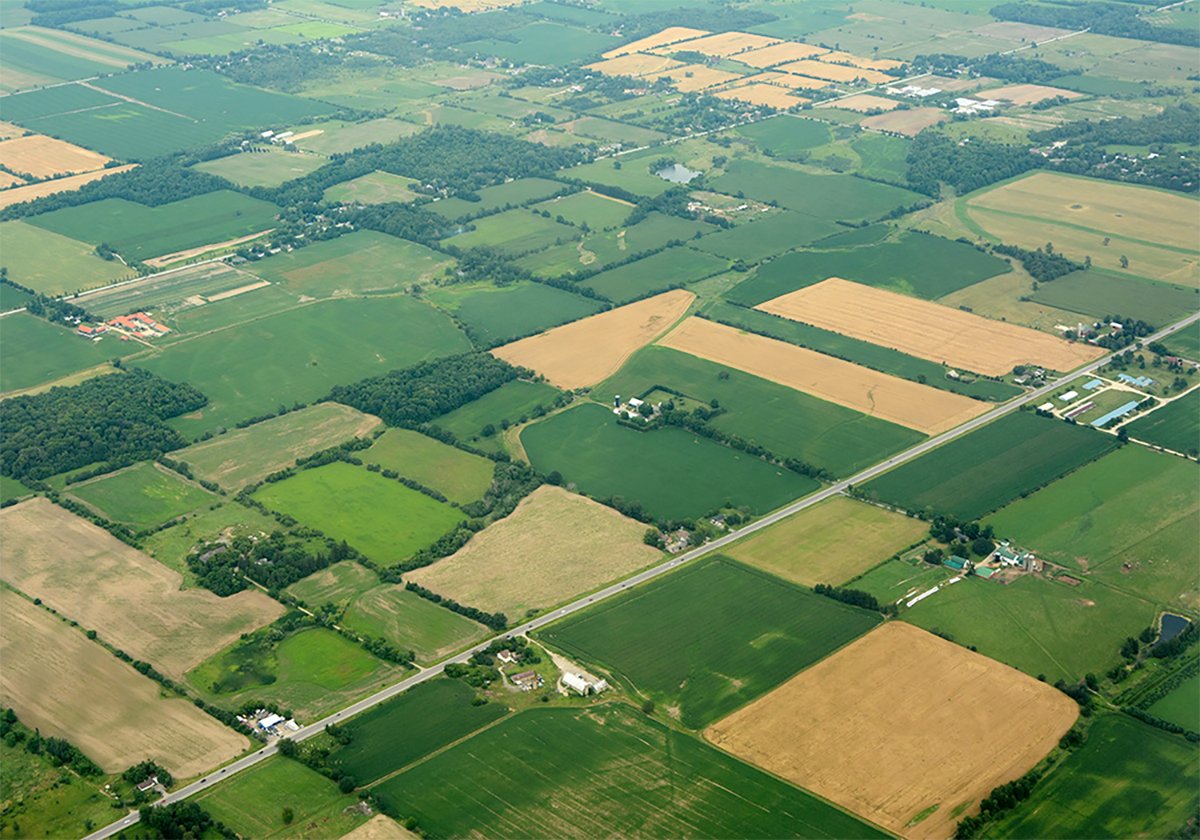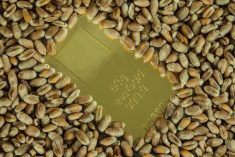The American futures markets have taken a day off while yankees celebrate their unjustified and violent rebellion against lawful authority in 1776, a psychotic bloodfest that saw our decent, law-abiding and loyal ancestors forced to drag whatever possessions they had left after revolutionary persecution to Nova Scotia, New Brunswick, Lower and Upper Canada and to form this greatest of all nations that we live in today. I think we should celebrate July 4 too, as Loyalist Day.
This extra day of rest is a nice break for crop prices (although they’re still trading on foreign and international exchanges) after a few weeks of disappointing slumpage.
Read Also

Higher farmland taxes for investors could solve two problems
The highest education and health care land tax would be for landlords, including investment companies, with no family ties to the land.
Where were we a month ago? Wheat prices were much higher. Hard Red Winter Wheat was peaking at about $7.40. (It’s a little over $5.60 today.) Corn was about $4.50. (About $3.75 today.) Soybeans were grabbing at $13. (Now $12.)
Rotten month. What made it so? If you’re inclined to believe in fundamental analysis, it was all about crop conditions improving, acreage increasing, etc. Lots of the worries about U.S. crops have been alleviated and they seeded millions more acres than they said they were going to do. That, fundamental folks say, is what turned things down, with proof being Tuesday’s Air France-like plunge of corn prices after USDA acreage numbers came out.
Some technical folks were looking for a turnaround after crops’ strong advance from March, and they got it. They’d note that in the past month the market generally turned down before the supply and demand news that “justified” the turn to fundamentalists was reported.
As always, it’s hard to say what turned markets. Was it S and D news, or were the worldwide markets in a mood to go lower? It’s funny to see analysts who use both fundamental and technical analysis wrestle with this question.
A couple of months ago I noticed that the Chicago Board of Trade’s daily livestock report one day carried the argument that the discovery of novel H1N1 really had little to do with the plunge in pork prices: that market had already turned down days before the news became widespread and while the news might have hastened the reverse in prices, it didn’t cause it. Prices were going to go there anyway. A couple of weeks later, at the World Pork Expo, he’d backed away from this analysis – no doubt after being yelled-at by legions of farmers who wanted something to blame for the new bad prices – and was repeating the party line of the industry that the flu was solely to blame. Did he really believe this? Didn’t get a chance to ask him. But he did point out a couple of times that pork demand hadn’t actually declined, so in fundamental terms the slump in prices was a bit of a mystery . . .
It’s a lot easier for analysts who live in only one of the worlds of analysis to deal with market turns. A fundamental analyst can always dig out one bit of information from the millions of bits out there to explain why things turned out the way they did. If they’ve been wrong about something, they point out that they were looking at the wrong bit of information and that if only they’d been looking at the right bit they’d have been right. They were wrong in the right way, and all the data’s there for them to be right next time. No reason to challenge the underlying theology.
Tech analysts have other excuses for being wrong. If they’ve been looking at one chart formation as the basis for a prediction, but things work out differently, they discover from looking back at the charts that in fact another formation was hiding there, not noticed by them, and that next time they’ll try to spot the operative formation. So their orthodoxy isn’t threatened either.
My favorite non-mea-culpas come from the folks at Elliott Wave International – who have a great record of calling major moves in the markets correctly, including the present crop market slump. For them, everything’s about the 5-3 Elliott Wave patterns, which operate on Fibonacci spreads, so if they predict something will go up by 61.8 percent (a Fibo .618) but they only go up 30.9 percent (another Fibo derivation) then they were wrong, but in an acceptable way. And if instead of things going up by 62 percent they go down by 31 percent, then maybe it wasn’t a third wave up but a second wave down we were in.
They got this recent slump in crop markets right, I’ve gotta say, even if they were a bit off on the exact peaks of the major crops, especially soybeans, which rose about a buck higher than they expected. But there, on June 18, they were declaring “The Party’s Over in Grains” in a newsletter I receive, and things have gone that way. Their longer term (end of yearish) target for soybeans is soybeans $7.96, corn at $2.77 and Chicago wheat at $3.44. So let’s hope there are lots of Fibonacci numbers out there to give them reasons to be wrong on these predictions.
A less determinist technical/fundamental analyst I know, and a rather brilliant, casual and often accurate one, is Jim Rogers, and he seems to me the perfect synthesis of confidence, modesty, arrogance and self deprecation with his approach. I consider him a sorta technical analyst because of his theory of the commodity and equity markets taking approximately 19 year turns at being the bull market. What’s that if not technical analysis, albeit of a crude and simplistic (and maybe right) sort? But he doesn’t get into the game of the short term analysts who live and die by correctly guessing the next market move, whether it’s for fundamental or technical reasons. He always points out he doesn’t have a clue where the market’s going to go in the next month, six months, year or two. But he’s absolutely confident where it will be going in the next decade. Earlier today I was watching a video of him talking on CNBC last month, and he offered some views that may not make the recent slump in ag prices sit any more sweetly, and which don’t tell you what new crop prices are going to be, but they’re a nice tonic to take for anyone planning to stick with the farming game for a few more years. Here are some happier thoughts of Jim’s that I’ll leave you with for the weekend.
About the danger of owning currencies: “I”m protecting myself by owning commodities.”
On the fact that gold looks like a good investment, silver even better, but: “I’d rather buy agriculturals than either of those two.”















